The Medusa figure, with subtle details of her physique and ornaments, like the winged headpiece, curly hair and snakes, located inside the Odeion building of the ancient city of Kibyra in Burdur has been reopened for visitation after it was closed during winter for protection purposes.
The excavations began in 2006 at the ancient city of Kibyra, located on three prominent hills separated by deep ravines in the Horzum neighborhood of the Gölhisar district in Burdur, have been carried on since 2010 under the leadership of associate professor Şükrü Özüdoğru from the department of Archaeology at Burdur Mehmet Akif Ersoy University. Özüdoğru announced the opening of the mosaic on his social media account.
Included also in the UNESCO World Heritage Temporary List in 2016, the works in the ancient city receive support from various sources. Besides the Ministry of Culture and Tourism, the Burdur Governorship, Mehmet Akif Ersoy University, Gölhisar District Governorship and Gölhisar Municipality also assist in the project.

Medusa is believed to be from the early first century A.D. and is a figure from Greek mythology known as a monster with snakes for hair. She was originally a beautiful mortal woman, but after being cursed by Athena for a romantic encounter with Poseidon in Athena’s temple, she transformed into a hideous creature whose gaze could turn people into stone. Medusa is one of the three Gorgon sisters, and her story is frequently recounted in various myths and artworks throughout history.
The mosaic is made of colorful marble using the “opus sectile” technique that involves cutting and shaping various pieces of colored stone or glass to fit together like a puzzle, creating intricate designs or images in ancient Roman and Byzantine art and architecture.
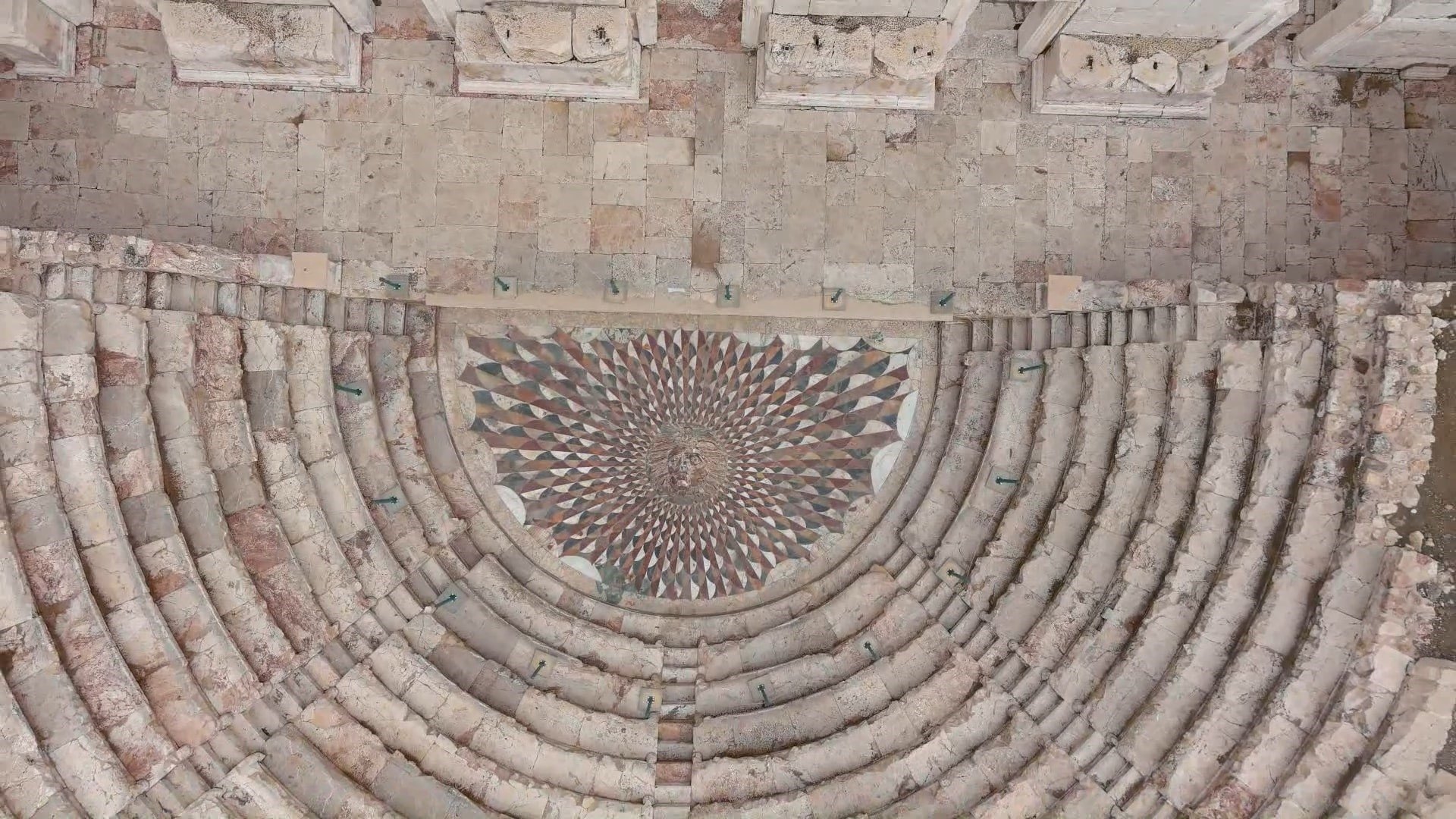
City of warriors, swift horses
Referred to as the “city of heroic warriors and swift horses,” the city houses various structures such as the Kibyra stadium with a capacity of 11,000 spectators, a basilica, upper and lower agoras, a Roman bathhouse, a gymnasium, a theater and an Odeion (concert hall). Additionally, the Kibyra circular planned fountain, which boasts a unique plan and magnificence among ancient water structures with its central columned monument and two interconnected round pools surrounding it, carries the distinction of being the second ancient fountain after the ancient city of Sagalassos from which water was brought from its original source.

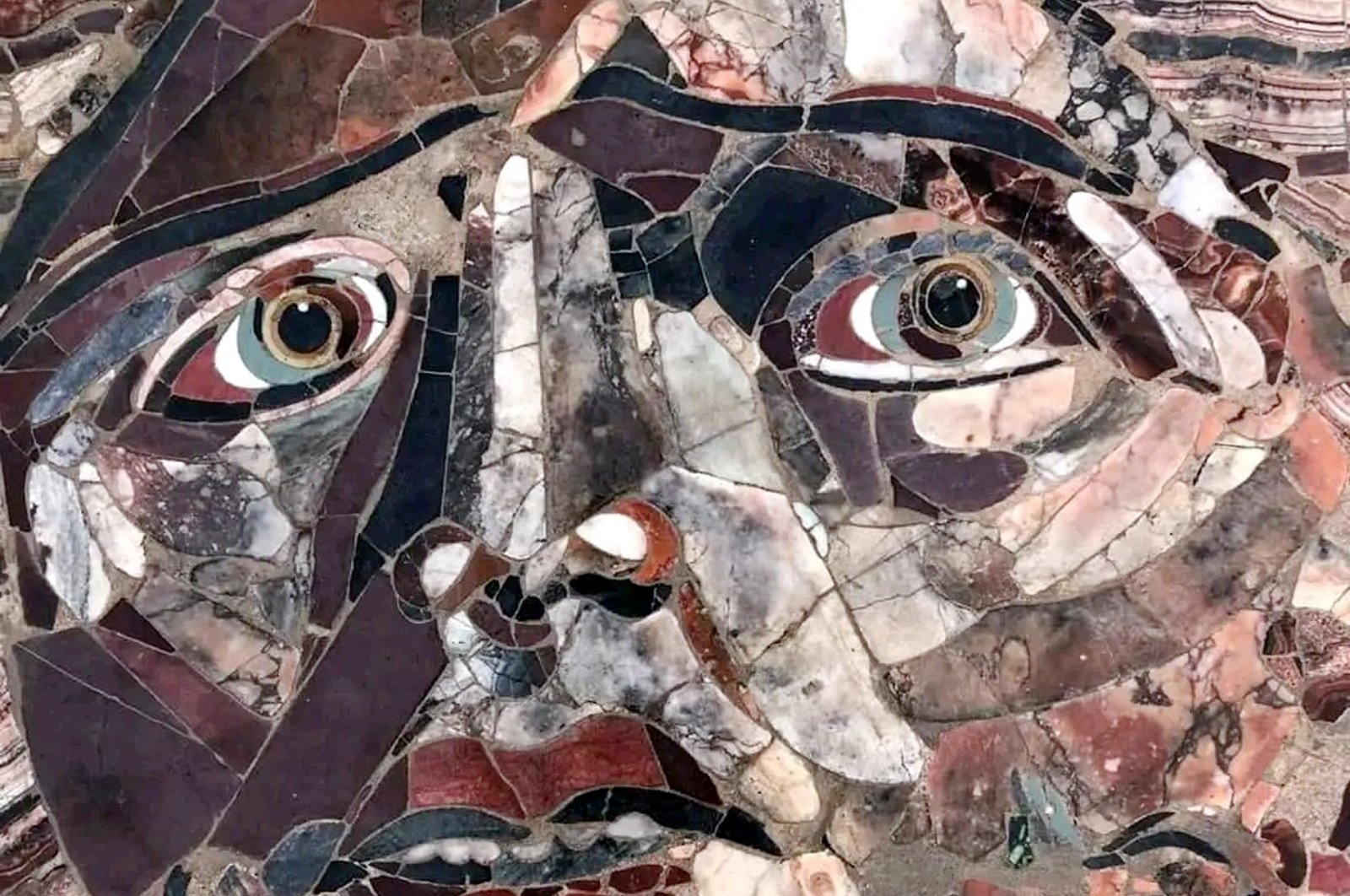





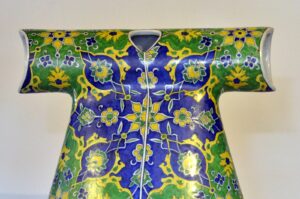
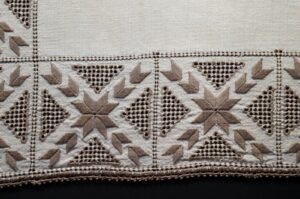
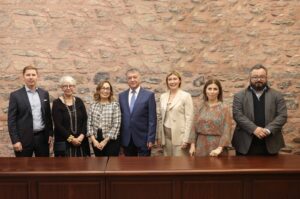

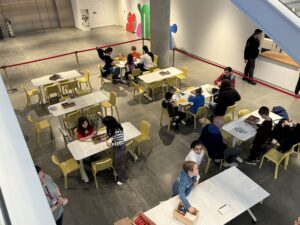
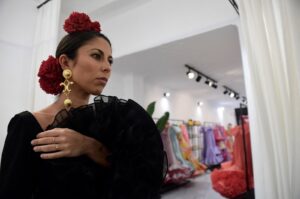

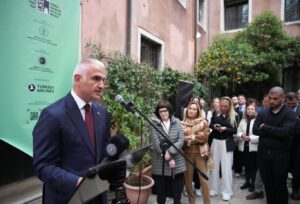
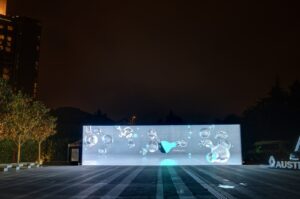
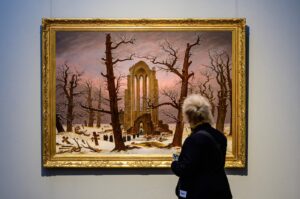
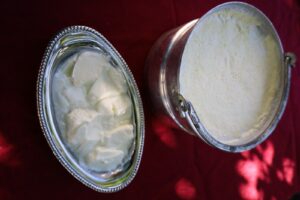
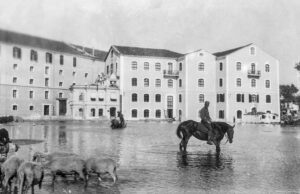
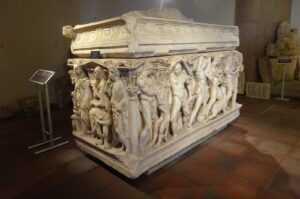


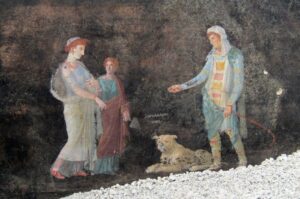

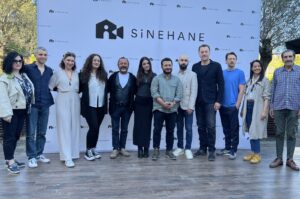


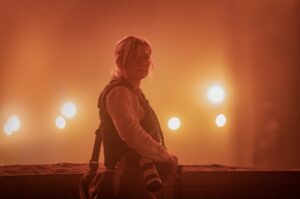
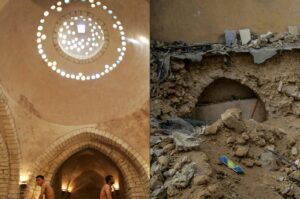

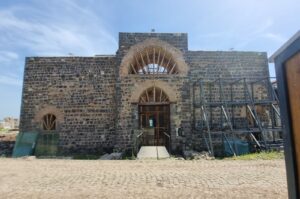
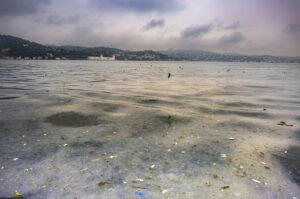
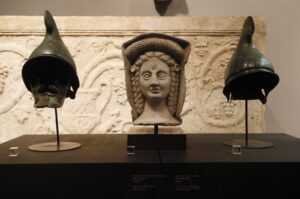
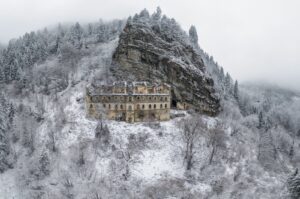
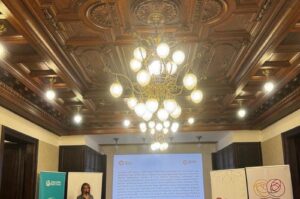
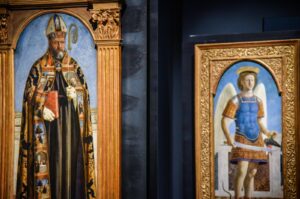

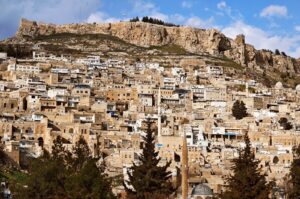


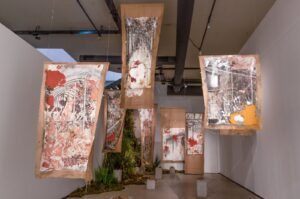
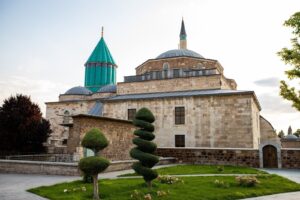

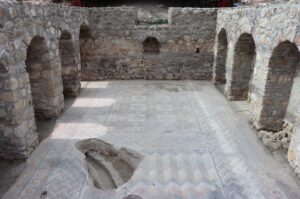


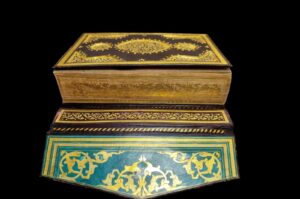
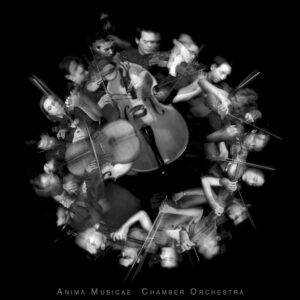



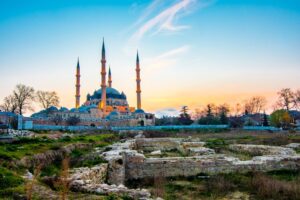
Be First to Comment